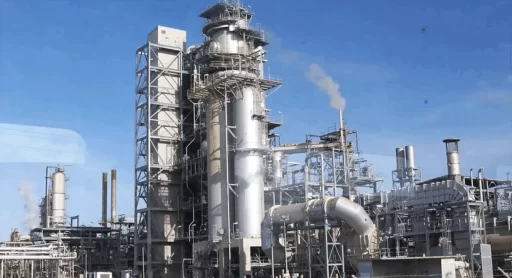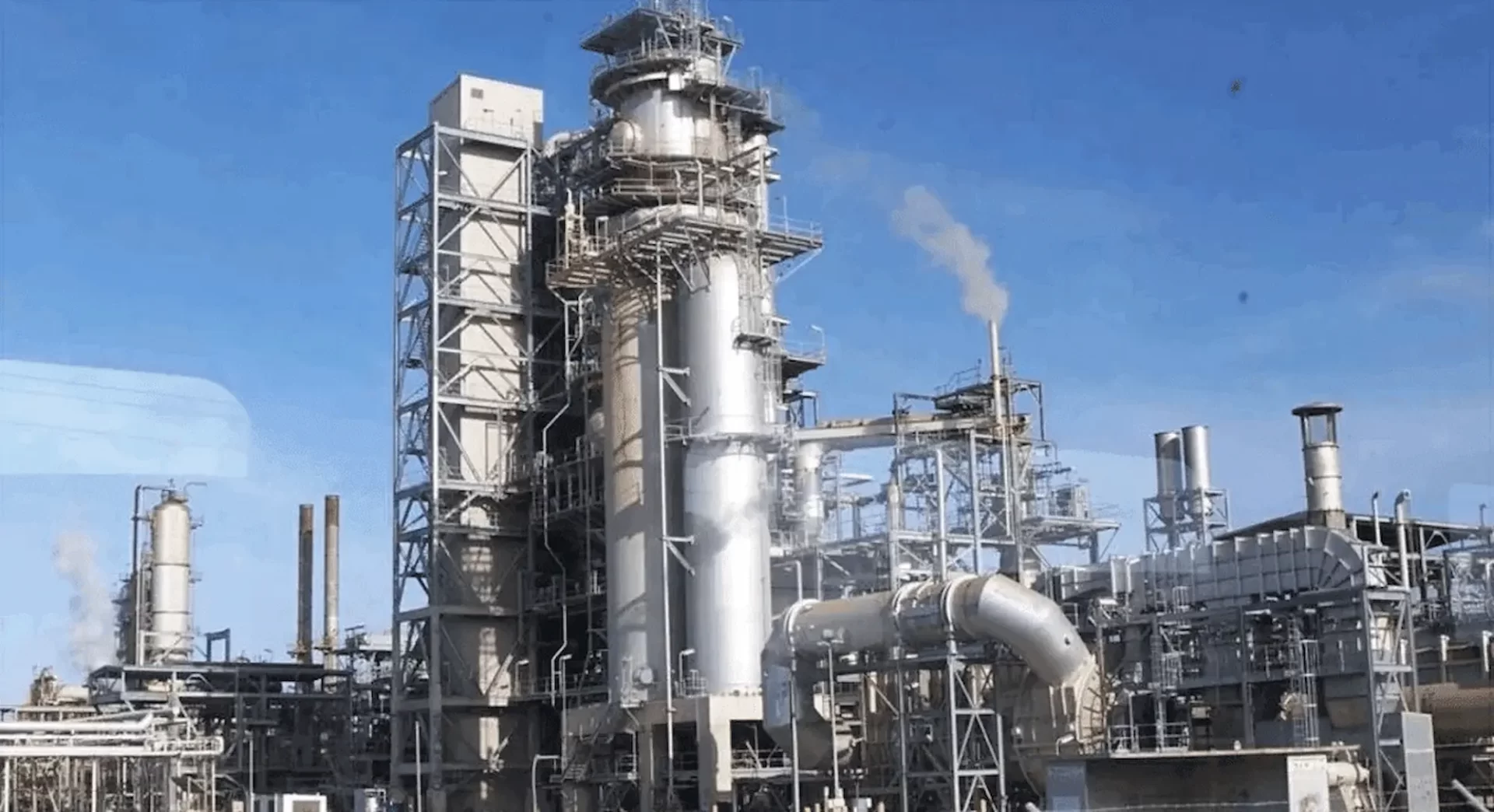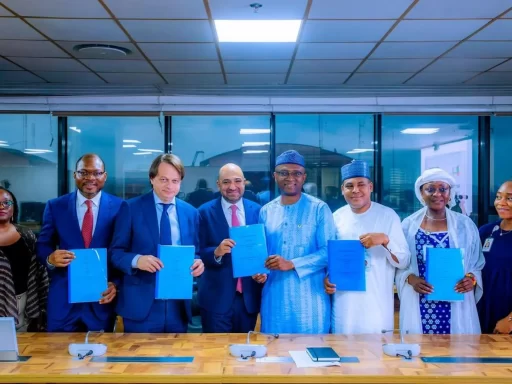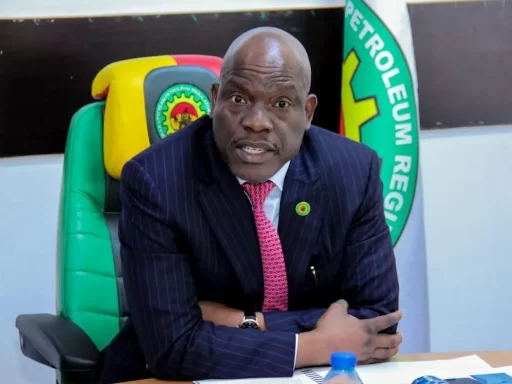Nigeria’s Energy Transition Accelerates Africa’s Nuclear Ambitions
By NaijaEnquirer Staff
Nigeria has joined over two dozen African nations actively pursuing nuclear energy, marking a significant shift that could increase the continent’s installed nuclear capacity tenfold by 2050, according to a report by the International Atomic Energy Agency (IAEA) released in early August.
The report confirms that Nigeria has issued a tender for a 4,000-megawatt (MW) nuclear plant and signed preliminary agreements with multiple technology suppliers, signaling the country’s readiness to advance its nuclear program as part of its broader energy transition strategy.
The IAEA study, titled “Outlook for Nuclear Energy in Africa,” projects that a tenfold capacity increase is achievable by 2050, provided that financing and regional cooperation are prioritized. This surge is expected to be driven by the adoption of Small Modular Reactors (SMRs), which significantly reduce both cost and construction timelines.
Currently, South Africa is the only African nation generating nuclear power, with its Koeberg plant contributing nearly 2 gigawatts (GW) to the national grid. However, more than 20 other countries, including Nigeria, Ghana, Rwanda, Kenya, and Namibia, are advancing nuclear initiatives. These countries are working closely with the IAEA to establish regulatory frameworks, train skilled personnel, and build supporting infrastructure.
Egypt is leading the charge with the construction of its 4.8 GW El Dabaa nuclear power plant, expected to come online in 2028. Kenya has also established a regulatory body and plans to launch its first reactor by 2038, while Ghana is in talks with international suppliers for both large nuclear plants and SMRs.
The IAEA projects two scenarios for Africa’s nuclear future: an optimistic “high case” scenario where capacity triples by 2030 and grows tenfold by 2050, and a more conservative “low case” where capacity doubles by 2030 and grows fivefold by 2050. Even in the high case, nuclear energy would contribute just 3.3 percent to Africa’s electricity mix by mid-century, compared to a global average of 9.2 percent.
Despite this modest share, nuclear power is considered vital for stabilizing grids, ensuring reliable baseload supply, and supporting renewable energy integration. SMRs, ranging from 10 to 300 MW, are emerging as game-changers for Africa due to their scalability, modular design, and suitability for smaller grids and industrial projects such as mining and desalination.
The continent’s abundant uranium reserves provide a natural advantage. Africa accounts for 14 percent of global uranium production, with Namibia ranking as the world’s third-largest producer. Niger and South Africa also feature among the top ten. Additional reserves in Tanzania and new projects, such as the Langer Heinrich mine reopening in Namibia by 2026, further strengthen Africa’s position.
However, financing remains the most significant hurdle. Nuclear projects require vast capital investment, creating risks of debt overload for countries with low credit ratings. To address this, new financing models, including regional purchasing agreements and blended public-private partnerships, are being explored.
A major development in June was the IAEA’s landmark agreement with the World Bank, reopening the door for multilateral financing of nuclear projects after decades of exclusion. This agreement prioritizes extending the life of existing reactors, accelerating SMR development, and sharing technical expertise.
Regional cooperation could further accelerate progress, allowing countries to pool resources for joint nuclear plants and shared infrastructure, similar to existing collaborations in hydropower and cross-border transmission networks.
As Africa faces the dual challenge of electrifying economies where over 500 million people lack access and reducing fossil fuel dependence, nuclear energy stands out as a cornerstone of a diversified, low-carbon energy future.







